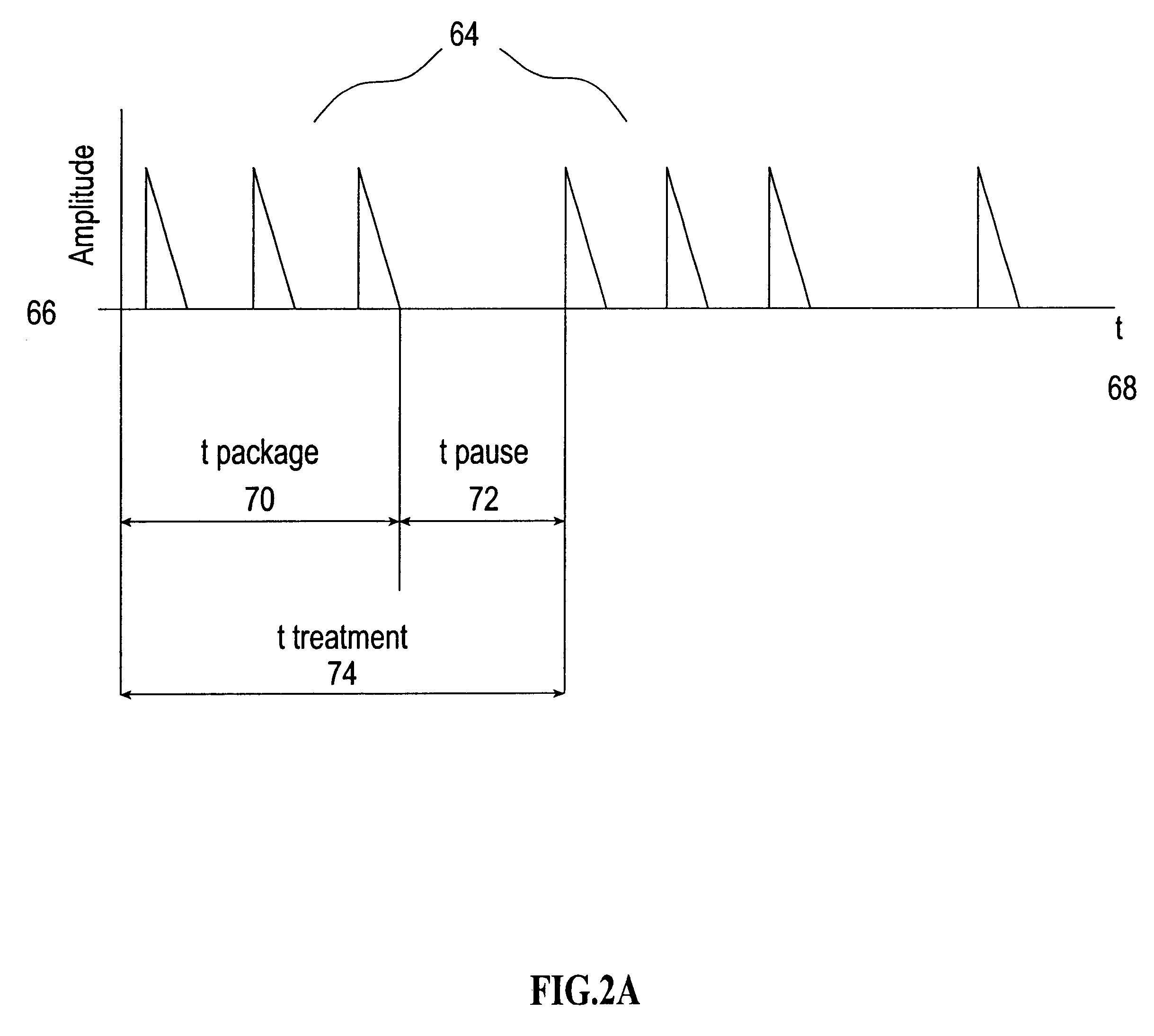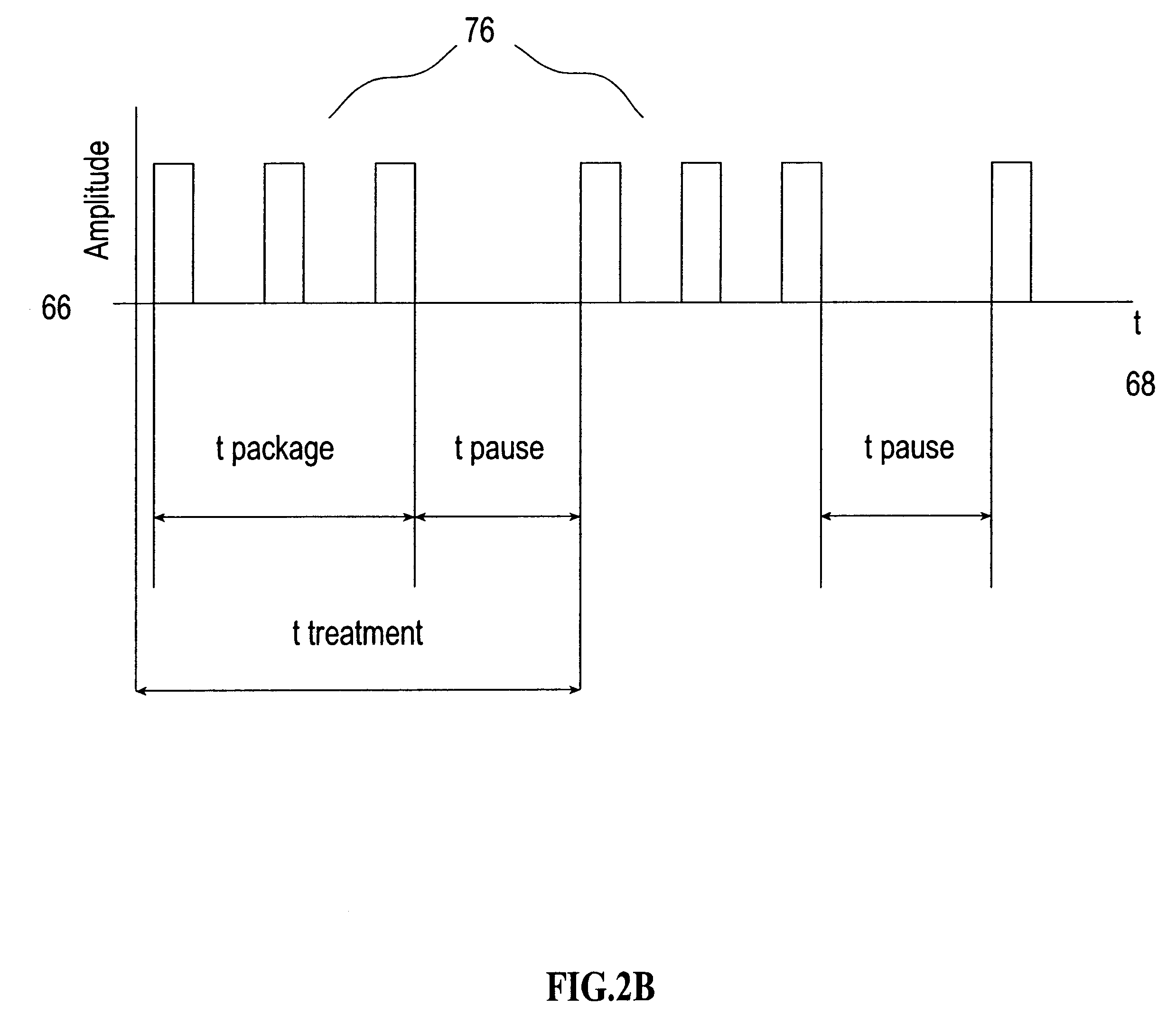Process and system for electrical extraction of intracellular matter from biological matter
a biological matter and electrical extraction technology, applied in the field of process and system for electrical extraction of intracellular matter from biological matter, can solve the problems of biological matter crudity, expensive techniques and systems that need to be used, and involve relatively hazardous and costly organic solvents
- Summary
- Abstract
- Description
- Claims
- Application Information
AI Technical Summary
Problems solved by technology
Method used
Image
Examples
example 1
Highly Concentrated Liquid Fertilizer from Animal Solids
Processor feed featured animal solids, including partially composted poultry manure, and cow compost, mixed with water, with animal solids / water volume ratios in the range of 1 / 2 to 1 / 5. Processor assembly batch mode configurations of FIGS. 4A and 4B were used, where each processor unit was 20 liters in volume, surface area of each electrode was about 400 cm, and distance between outer and middle electrode was about 12 cm (FIG. 4A).
Electrical power included voltage of about 40-200 volts and current of about 20-40 amps. Processor mixture temperature was at about 95-100.degree. C. Electrical extraction parameters were: (i) electrical current density of about 0.05-0.15 A / m.sup.2, (ii) electric field strength of about 0.1 V / m, (iii) voltage time derivative of about 10.sup.6 V / s, (iv) pulse frequency of about 60 Hz, (v) pulse package duration of about 1 second, (vi) pause duration of about 1 second, (vii) pulse package / pause ratio o...
example 2
Valuable Substances from Plant Matter
Processor feed featured dry roots of Echinecea angustifolia mixed with water and alcohol, with water / alcohol volume ratios in the range of 10 / 1 to 1 / 10, dry roots / (water plus alcohol) volume ratio of about 1 / 1 to 1 / 10, and volume of mixture was 3.5 liters. Processor assembly batch mode configurations of FIGS. 4A and 4B were used, where each processor unit was 20 liters in volume, surface area of each electrode was about 400 cm, and distance between outer and middle electrodes was about 12 cm (FIG. 4A).
Electrical power included voltage of about 100 volts and current of about 20 amps. Processor mixture temperature was at about 100.degree. C. Electrical extraction parameters were: (i) electrical current density of about 0.08 A / m.sup.2, (ii) electric field strength of about 0.15 V / m, (iii) voltage time derivative of about 10.sup.7 V / s, (iv) pulse frequency of about 50 Hz, (v) pulse package duration of about 1 second, (vi) pause duration of about 2 se...
example 3
Valuable Substances from Plant Matter
Processor feed featured dry roots of Echinecea angustifolia mixed with water and alcohol, with water / alcohol volume ratios in the range of 10 / 1 to 1 / 10, dry roots / (water plus alcohol) volume ratio of about 1 / 1, and volume of mixture was 3.5 liters. Processor assembly batch mode configurations of FIGS. 4A and 4B were used, where each processor unit was 20 liters in volume, surface area of each electrode was about 400 cm.sup.2, and distance between outer and middle electrodes was about 12 cm (FIG. 4A).
Electrical power included voltage of about 100 volts and current of about 5.5 amps. Processor mixture temperature was at about 75.degree. C. Electrical extraction parameters were: (i) electrical current density of about 0.08 A / m.sup.2, (ii) electric field strength of about 0.15 V / m, (iii) voltage time derivative of about 10.sup.7 V / s, (iv) pulse frequency of about 50 Hz, (v) pulse package duration of about 1 second, (vi) pause duration of about 2 seco...
PUM
 Login to View More
Login to View More Abstract
Description
Claims
Application Information
 Login to View More
Login to View More - R&D
- Intellectual Property
- Life Sciences
- Materials
- Tech Scout
- Unparalleled Data Quality
- Higher Quality Content
- 60% Fewer Hallucinations
Browse by: Latest US Patents, China's latest patents, Technical Efficacy Thesaurus, Application Domain, Technology Topic, Popular Technical Reports.
© 2025 PatSnap. All rights reserved.Legal|Privacy policy|Modern Slavery Act Transparency Statement|Sitemap|About US| Contact US: help@patsnap.com



